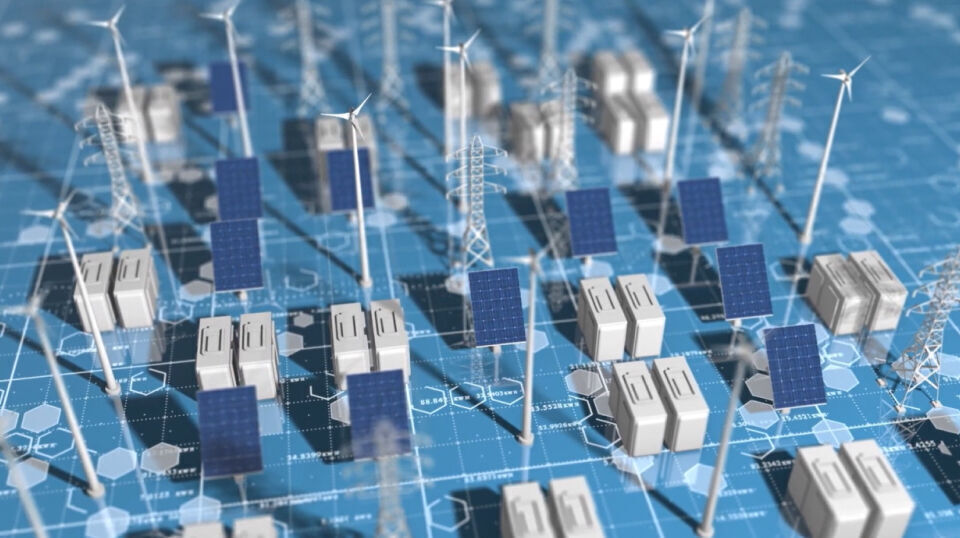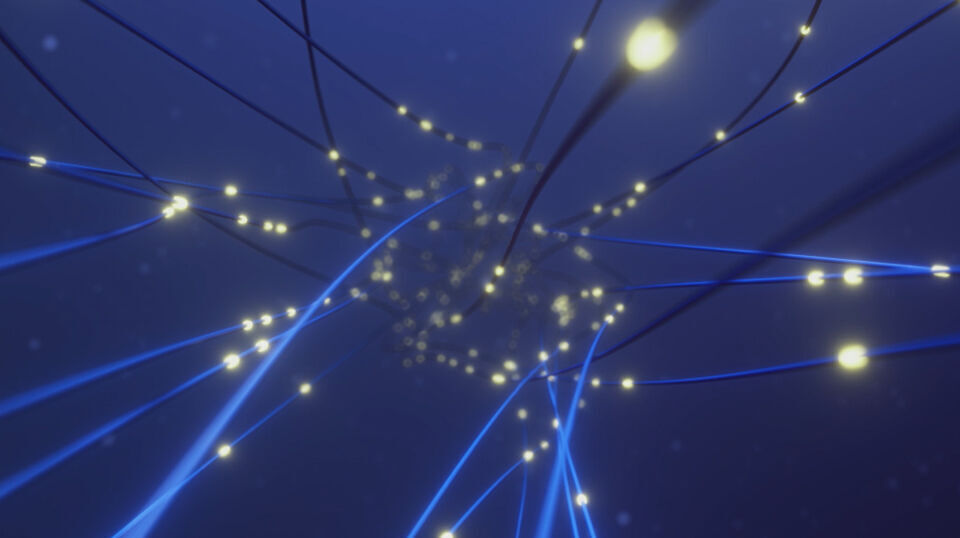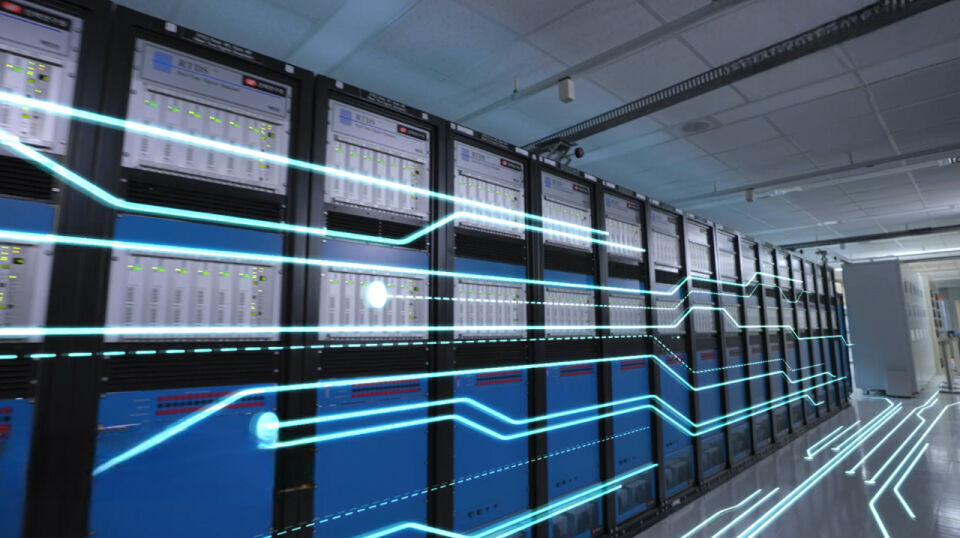
01 Building the Future Power Grid
Enhancing energy storage and T&D technologies to improve renewable energy integration and power grid efficiency
Quick Menu
Pioneering the Future of Electricity through Innovation
KEPCO's R&D strategy aims to identify new growth engines for Korea,
improve technologies and policies, and build foundations for new businesses.
We are developing key technologies in 13 areas under five major objectives, to catalyze emerging technologies and new businesses.

Enhancing energy storage and T&D technologies to improve renewable energy integration and power grid efficiency

Leading the efforts on carbon neutrality by promoting renewable energy, advancing carbon capture, and improving grid efficiency

Reducing costs and increasing efficiency through grid optimization, facility digitalization, and AI-driven automation

Ensuring stable supply and reducing failures by automating asset diagnosis and strengthening reliability

Strengthening safety, disaster and cyber resilience, and climate response technologies for crisis management
Developing a flexible and efficient grid to accommodate growing demand for electricity and increasing volatility in the energy landscape

We advance the technologies related to energy storage system to enable our grid to efficiently accept renewable energy power generators. We focus on advancing our ESS operation in response to volatility, extending the life of battery ESS, and forming a hybrid ESS for improved stability.

We make our transmission and distribution more efficient by advancing our design and operation technologies related to forming AC-DC hybrid grid, operating special assets, and monitoring, analyzing and controlling the wide-area network on real-time basis.
Developing eco-friendly energy technologies to achieve carbon neutrality.

We increase the share of renewable energy by designing offshore wind farms and building large-scale solar power systems. Accordingly, we continuously explore ways to improve offshore wind power control systems and enhance the economic feasibility of agro-PV projects.

We develop technologies such as carbon capture and power generation technologies to support the transition to a carbon-free future. We research ways to capture CO₂ from LNG power plants and generate electricity by co-firing hydrogen and ammonia.

We make our grid more efficient by integrating electric mobility solutions. Accordingly, we study whether electric vehicle is an appropriate flexible resource, develop charging and discharging control technologies, and develop an integrated energy management platform.
We improve the ways we invest in and improve our assets to make our management activities more efficient.

We are optimizing power grid efficiency to enhance existing facilities and reduce investment costs. Technologies are being developed to increase transmission line capacity and enhance asset management systems.

We minimize operational costs by adapting to power market changes and digitizing facility operations. We are developing next-generation automation systems and intelligent power plant platforms to enhance operational efficiency through automation.

Applying AI technology in the workplace boosts overall efficiency. We are researching automation solutions for administrative tasks and integrating conversational AI models for internal business operations.
We are developing preventive diagnostic systems and enhancing equipment reliability technologies to establish a reliable power supply system.

Automating and advancing facility condition assessments enhances fault prevention and diagnostics. We are developing remote monitoring and diagnostic systems for substation equipment and AI-based drone image analysis technology.

We are optimizing design standards by considering environmental changes to improve equipment reliability. We research revised operational standards for power distribution quality, develop enhanced protection systems for submarine cables, and update transmission design standards to adapt to climate change.
We are developing eco-friendly equipment and on-site safety technologies to address climate change and disasters.

We are developing field-focused technologies to protect workers. Research efforts include remote construction site management, enhanced safety features for live-line work vehicles, and leakage management for underground power lines.

Countermeasures against disasters and cyberattacks help enhance security and resilience. We are researching intelligent security systems, natural disaster prediction and situational analysis, and seismic reinforcement technology for substation facilities.

We study core technologies to combat climate change at a fundamental level. We are developing fine dust removal technology, greenhouse gas cracking technology, and applying eco-friendly insulation gas to power transmission and distribution equipment.
잠시후 자동 로그아웃됩니다.
로그아웃까지 남은 시간 :
59초
로그인 후 10분간 사용이 없으실 경우, 자동 로그아웃됩니다.
로그아웃을 원하지 않으실 경우, [로그인 연장]를 클릭해주세요.